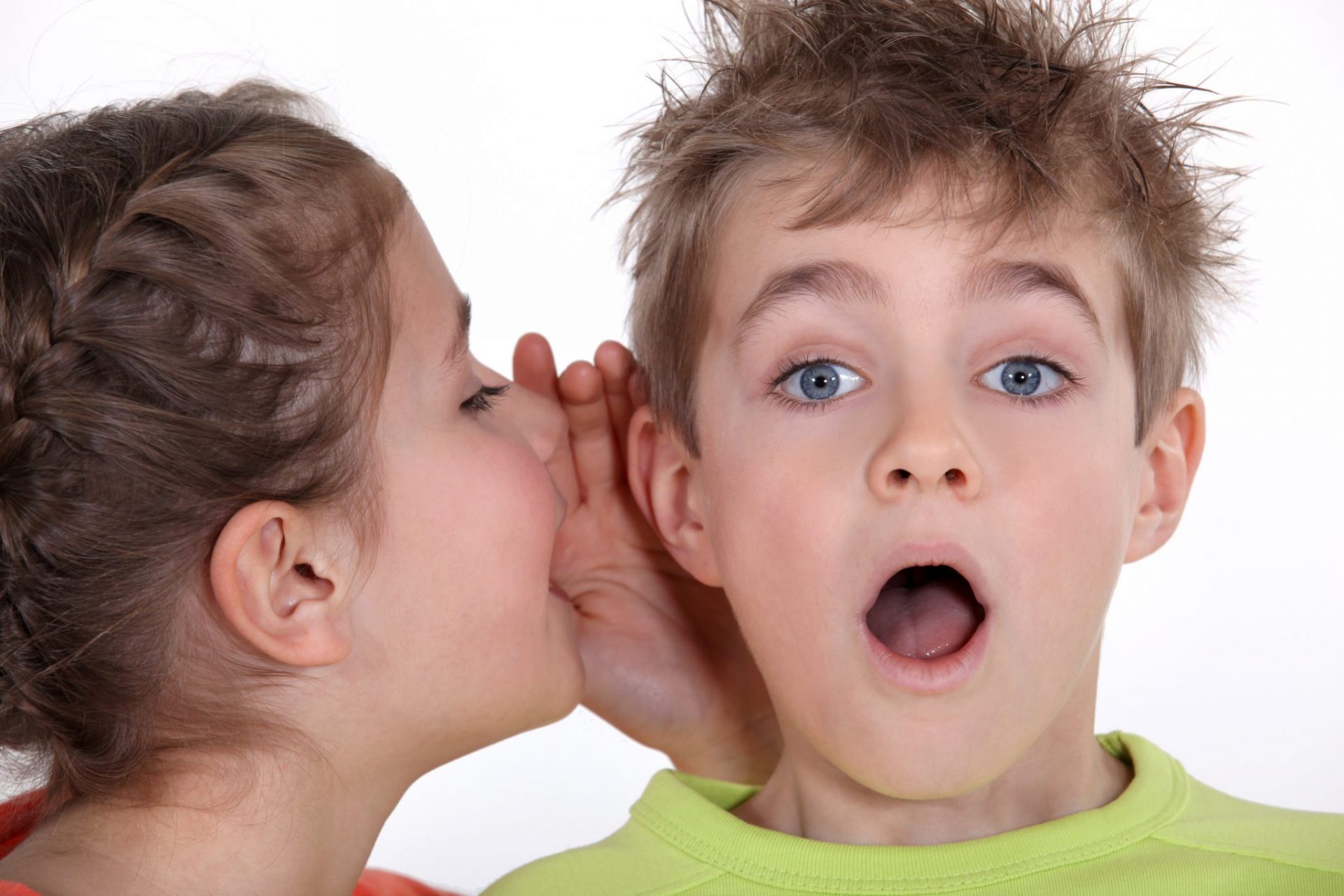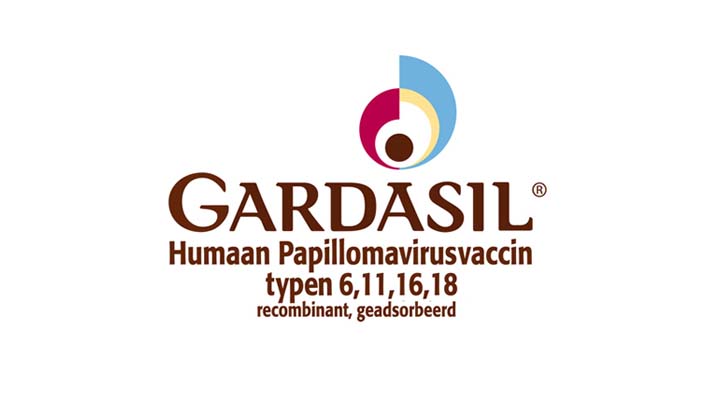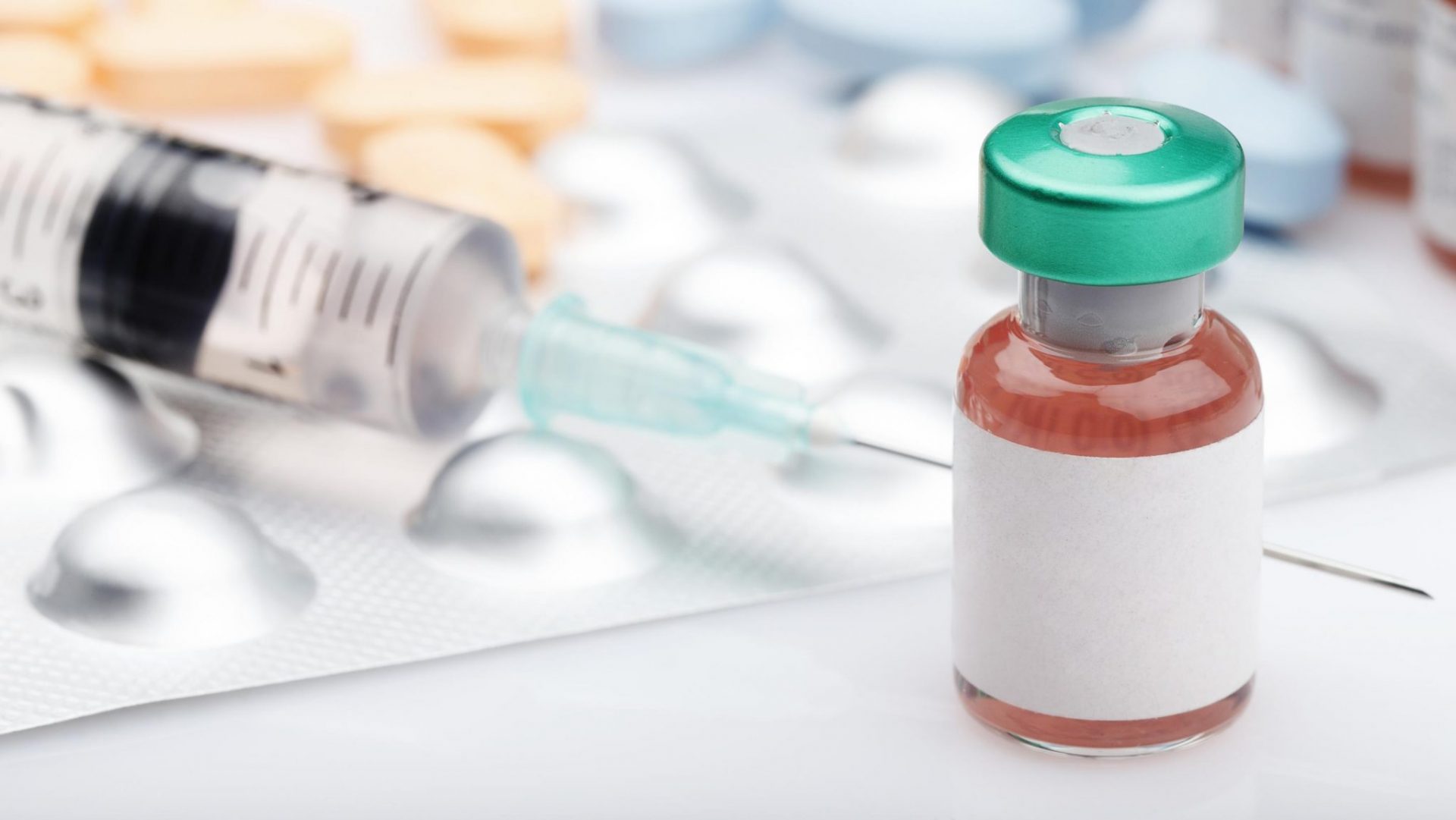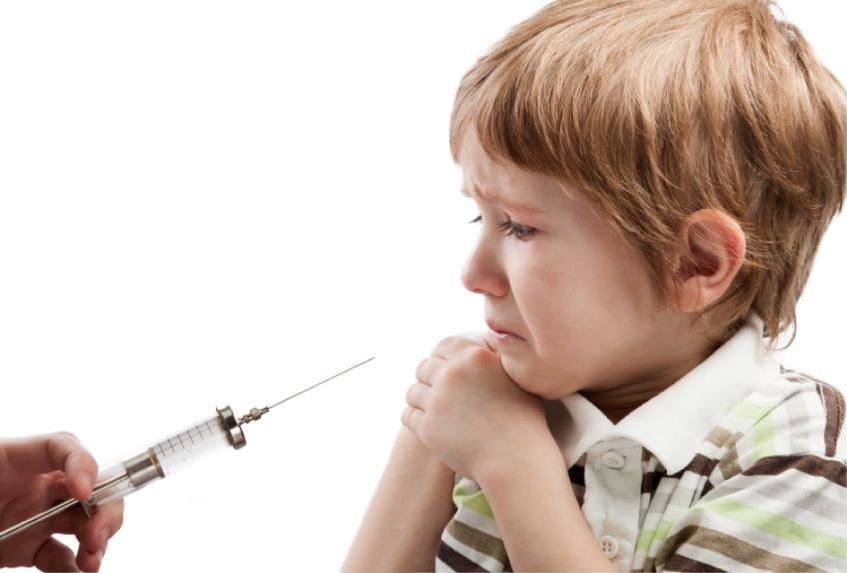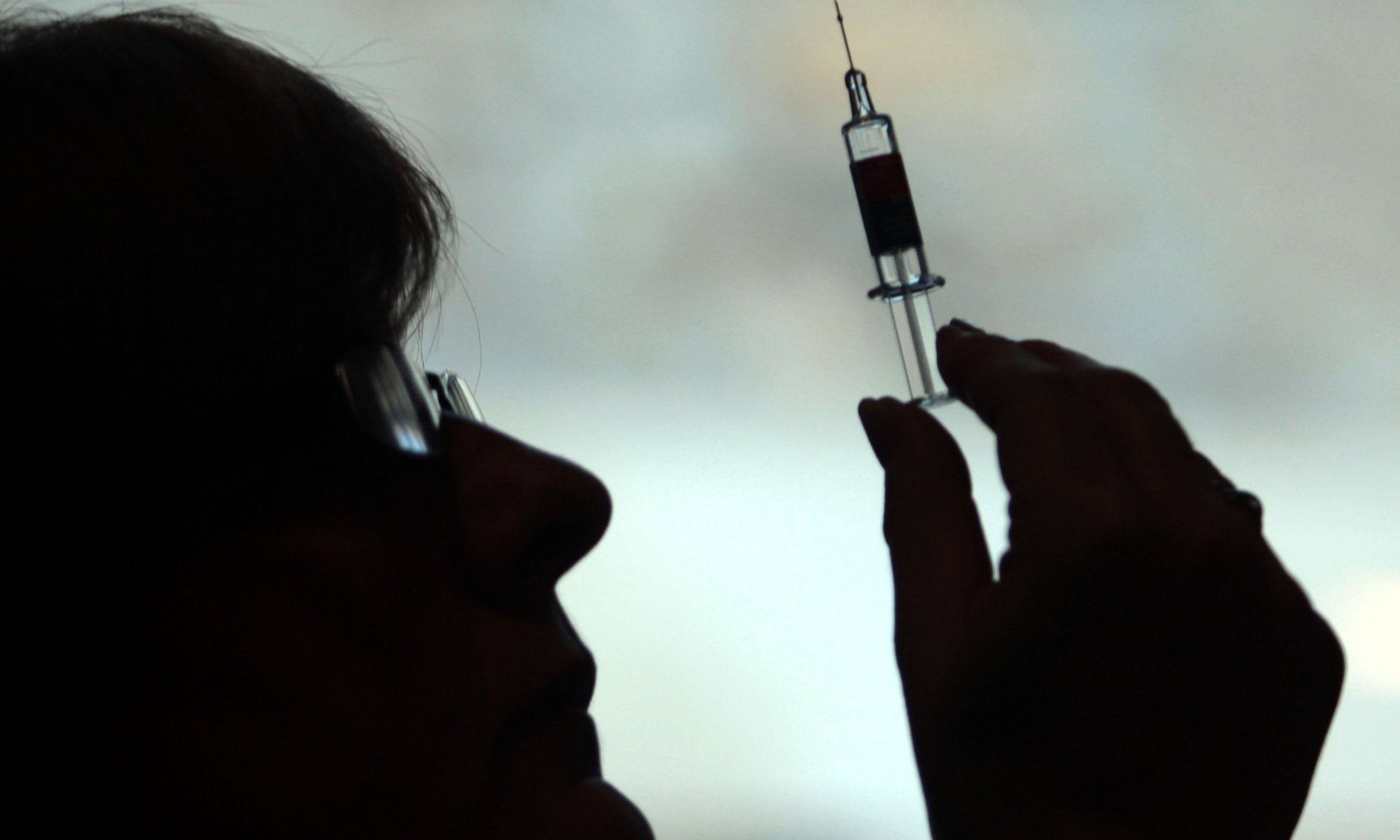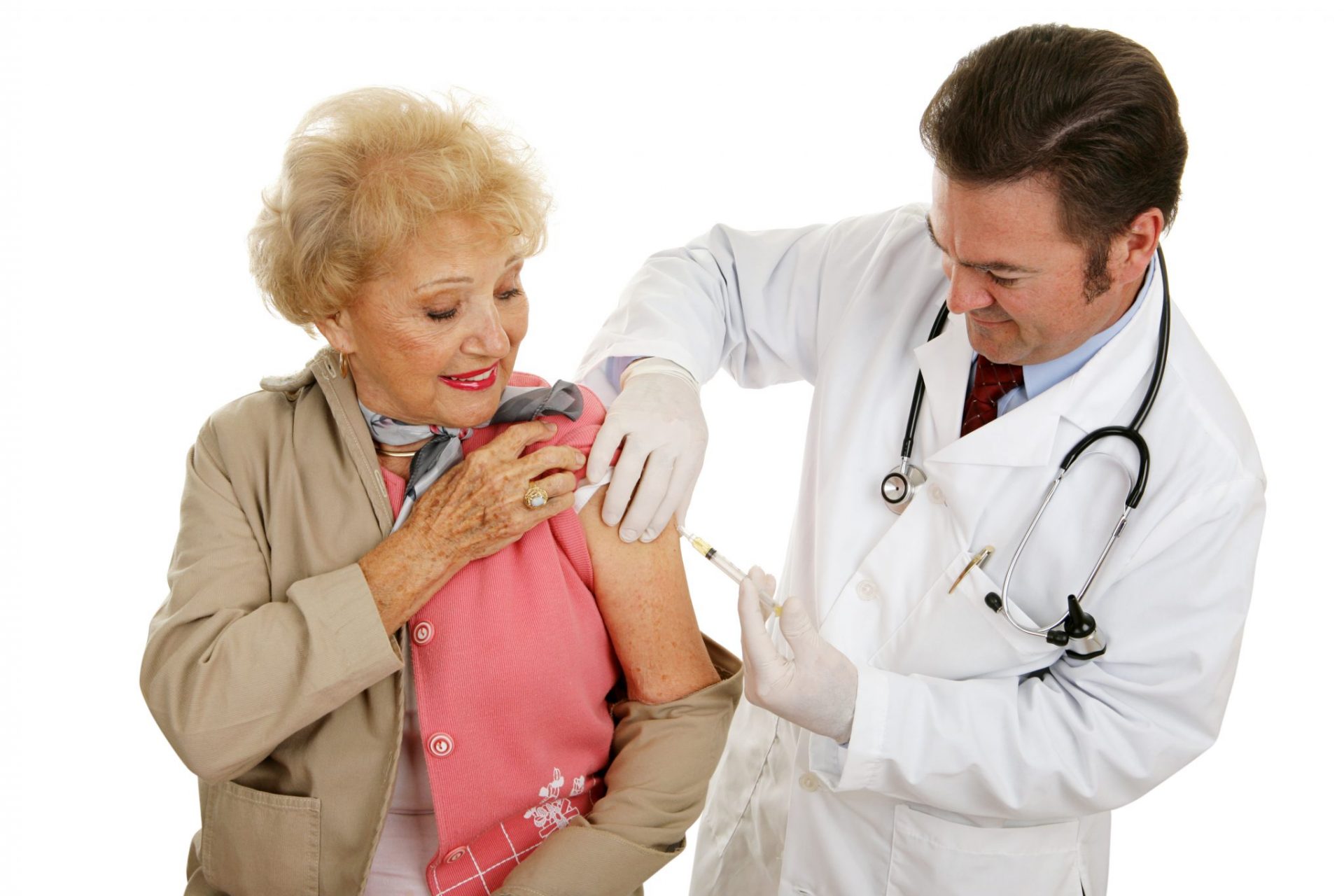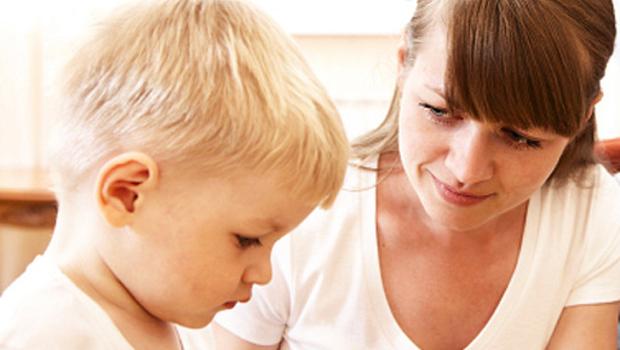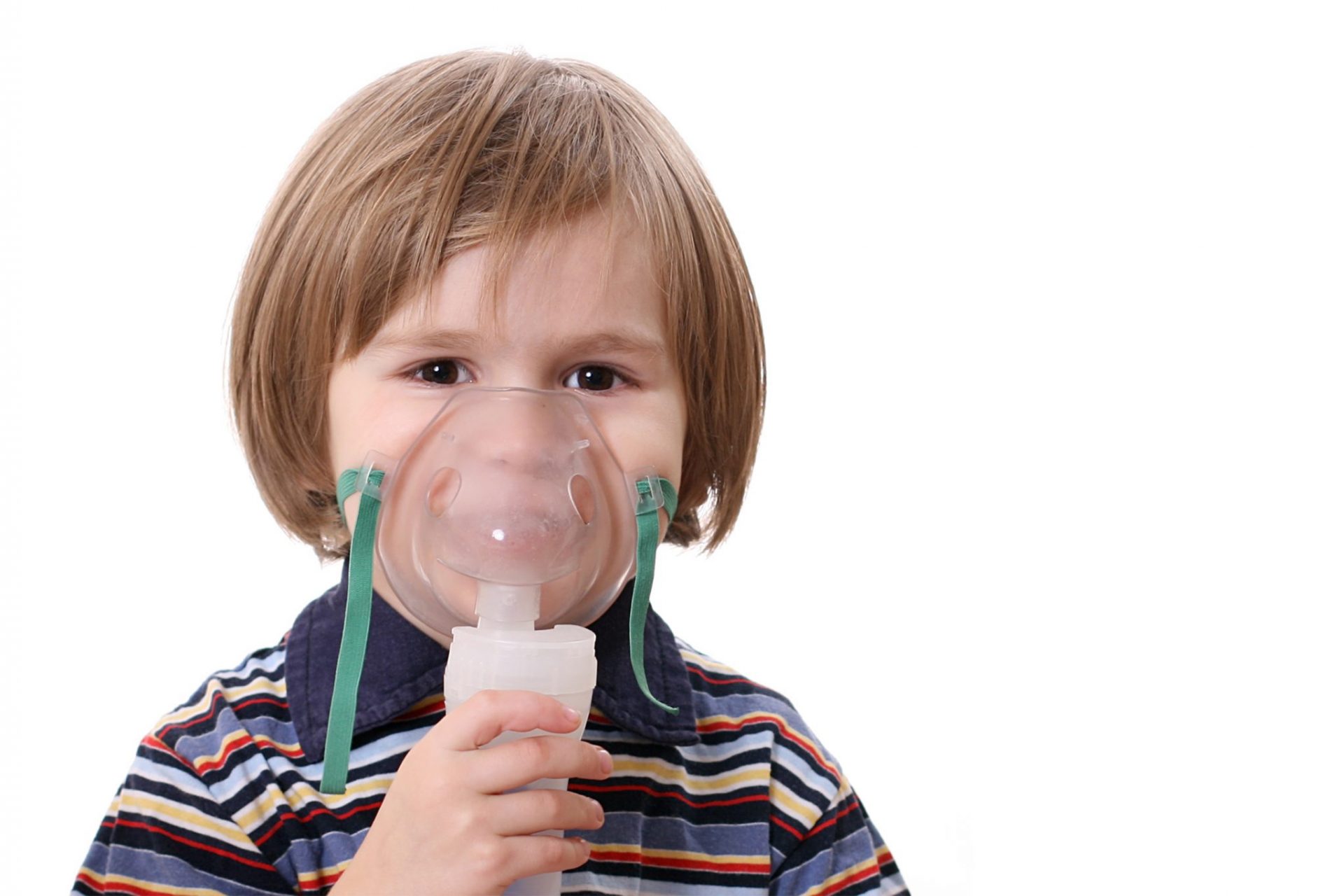Kids in DANGER: The disturbing link between vaccines and joint pain
(NaturalHealth365) Arthritis, a broad term used to describe joint pain caused by inflammation, is a leading cause of disability. But, it’s not just an ailment affecting adults and seniors.
According to estimates, well over a quarter of a million children are living with juvenile arthritis. This is likely a conservative number to boot, given how broad the condition is and dissimilar the studies are on the matter.
What’s behind the growing trend of childhood joint pain – something which appears to impact American children at a three-fold higher rate compared to Canadian children? For some reason, the mainstream media (and pharmaceutical industry) is quite mum about the possibility that an aggressive childhood vaccine regime is a contributing environmental factor.
Understanding how vaccines contribute to childhood joint pain
Here’s the thing: both genetics and environment play huge roles in determining which children develop arthritis.
As far as environmental factors go, we already know that childhood infections can stimulate an autoimmune snowball effect – an effect which can cause a child’s immune system to attack its own joint tissues.
The result? Chronic joint pain, stiffness, and swelling.
Now, think about what vaccines do: they stimulate a “controlled” infection with whatever virus is injected into the body. This is done with the pure intention of triggering an immune system response, the idea being that the child’s body will create antibodies so the next time he or she is exposed to the virus, the immune system will be better equipped to fight it off.
These days, twice as many children (about 1 in 1,000) develop chronic joint pain compared to the estimated incidence rates from the 1980s. Since that time, even more vaccines have been added to the standard childhood regime.
Even more interestingly, studies have found two peak onsets of a juvenile arthritis diagnosis – once in the toddler years (around age 1-2) and again right before adolescence when children are between the ages of 8-12. What happens at and around these ages?
You guessed it, doses and boosters of vaccines, at least as advised by the U.S. Centers for Disease Control and Prevention (CDC).
Many studies point to ‘multiple vaccines’ as a potential factor behind childhood joint pain
One 2001 study published in Annals of Epidemiology found a positive association between hepatitis B vaccines given in infancy with the onset of chronic arthritis.
And it’s not just hepatitis B vaccines which have shown a correlation with childhood joint pain. Research points to vaccines for influenza and rubella as additional possible triggers or augmenters of juvenile arthralgia (aka joint pain).
Does the fact that incidences of juvenile arthritis peak during the winter months, just after children have been dosed with flu shots, seem telling?
No? How about the fact that joint pain is listed as one of the most common side effects of the Fluarix Quadrivalent influenza vaccine?
The drug actually comes with literature explicitly stating that 13% of children between the ages of 5 and 17 experience joint pain after administration of the vaccine.
Lastly, what about the fact that many childhood vaccines still contain thimerosal (neurotoxic mercury) and metals like aluminum – which have been linked to autoimmune dysfunction?
When you truly consider all the facts, it would be absurd to ignore these links. Yet somehow, so many in the conventional healthcare system seem willing to stick their heads in the sand about it.
The link is HERE: Why aren’t more doctors and scientists concerned about it?
When it comes to vaccines and childhood arthritis, we’re not saying there’s a definite cause and effect. After all, ‘correlation’ does not necessarily mean causation.
But, there is an obvious correlation! We need more studies to clarify how vaccines are contributing to the growing prevalence of joint pain. Of course, without awareness of the potential association, the drive to do more research can easily be snuffed out by big pharma.
We must push back. We want our children healthy and pain-free.
In addition, any reasonable person would want these unanswered questions brought to light and investigated. If you’re a parent, we wonder if you feel the same way.
Sources for this article include:
Childrenshealthdefense.org
Rheumatology.org
NIH.gov
CHOP.edu
NIH.gov
Sciencedirect.com
CDC.gov




